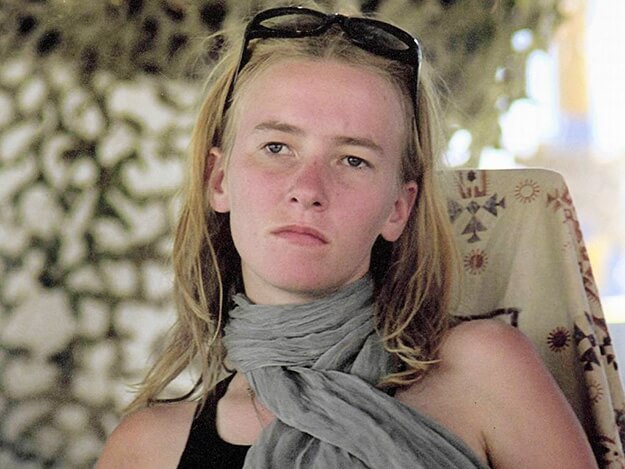Today is the 50th anniversary of the Israeli occupation of what now is called the Palestinian territories. This shameful milestone is being marked with a plethora of pundit commentary about Trump’s potential role, the continuing division among the Palestinian leadership and—in the background—the ever-expanding Israeli settlements, but almost no mention of Gaza. We Are Not Numbers is a project working to break the media blackout of Gaza and is currently raising funds to start Gaza’s first all-youth news agency.
Abbas does not represent Palestinian youth, say young writers in Gaza. “We, the people of Gaza, are the children, but the fighting couple, Hamas and Fatah, are not keeping us out of it. Instead, each is using us as a tool to pressure the other into giving up.”
Is a two-state “solution” still possible? Or is it time to push for one state with equal rights for all? Palestinian youths in Gaza respond to the Paris Peace Conference.
The two generators of Gaza’s sole power plant stopped operating Jan. 6 due to a severe fuel shortage. For most residents, that means most areas are receiving power for a mere three hours in between 12-hour blackouts. Who and what is to blame is a subject of many dark jokes and frustration—sometimes breaking into protests and arrests. Most residents in Gaza, however, place a large share of the blame on feuding political leaders.
“For sale: Gazan passport, never used.” If you had to sum up life in six words, what would you write? Here’s what Palestinian refugees in Gaza and Lebanon are saying.
A new poll shows most Arabs, and especially Palestinians, think Hillary Clinton will be no better for the region than Donald Trump. “I just feel like Americans aren’t choosing between the lesser of two evils, but the quieter of two evils,” says 15-year-old Amera Abunada, a Palestinian writer now living in Turkey.
In the middle of the morning on October 5, sounds of bombs reverberated throughout Gaza. The news would trickle out later that an extremist Salafi fringe group had shot a crude rocket into an Israeli settlement, reportedly as a way of pressuring the Hamas government to release some of its members from prison. Some in Gaza said they believe the Salafis are actually being manipulated by the Palestinian Authority. Israeli forces responded with more than 30 airstrikes and tank hits in two hours, these are the Palestinian accounts of that incurrsion.
A Euro-Mediterranean Human Rights Monitor analysis of UN data show that a recent surge in reports of deportations of individuals attempting to transit through Israel to work with Palestinians is apparently the result of an official strategy implemented by the Israeli government beginning in January of this year.
Writers in the We Are Not Numbers program talk about Rachel Corrie on the thirteenth anniversary of her death.
Whether the clashes in Jerusalem and the West Bank are the long-awaited “Third Intifada” is the question being asked by virtually every journalist covering the Middle East. Even among Palestinians, the answer to that question varies. Pam Bailey talks with Palestinians in Gaza, the West Bank and Lebanon and finds there is one common truth among the people on the “street”: The uprising is once again bringing them together (at least in spirit) across borders—from East Jerusalem, to Gaza City, to Beirut.









